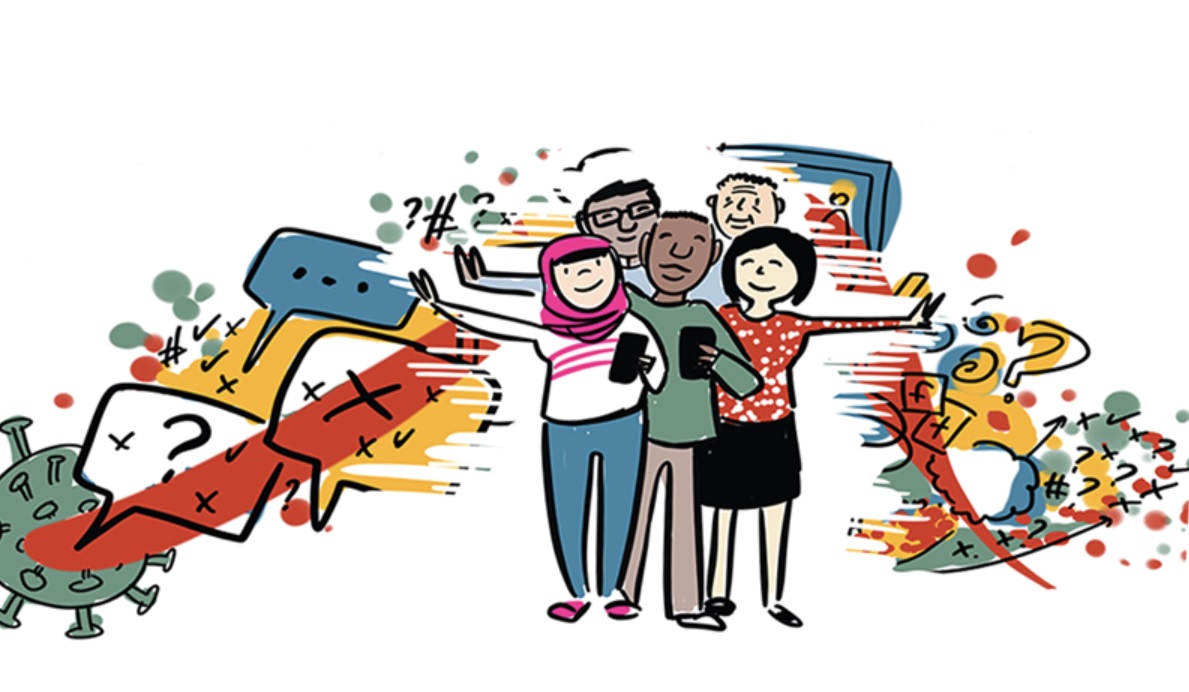If you have any social media apps, news sites or haven’t been living under a rock, you might be aware of the plague that is fake information. ‘Infodemic’ is a word that was first coined in 2003 by a journalist for Washington Post. He defined the term as the spread of facts mixed with fear and misinformation that spreads at a much higher rate through digital mediums. Thus, creating fear and anguish among people. Although one can use the word for accurate information as well, however, it is used primarily for unverified and false information.
Although social media platforms have taken many steps towards preventing false narratives on their sites, it isn’t nearly enough for the daily influx of fake news. No method till now has shown concrete results. It can be related to political parties and their agendas against a particular person, community or organisation.
So what can we do to prevent becoming carriers of misinformation?
1. Self-education: The best offence is a good defence. Knowing the amount of fake news swarming around us, the most foolproof way to make ourselves immune to it is through proper research and educating ourselves on the topic. One should not blindly give in to what the sites are telling us and search for credible sources. Start sharing verified data instead of mindlessly sharing the first content we see.
2. Self-awareness: Everyone has a bias whether, left, right or centre, no matter wherever you might stand. It is much easier for people to believe what they want to think. Suppose a liberal/left-winger in India comes across an article criticising PM Modi. In that case, he is more likely to believe it and share it without fact-checking than a right-winger/pro-Modi government and vice versa. To prevent our political stances from enabling us to spread misinformation, we must check before posting.
3. Questioning the source: Another crucial aspect is the source of the article or information. To understand this better, we should know the difference between Misinformation and Disinformation. Misinformation is when someone without ulterior motives shares fake facts, while disinformation is someone consciously tampering with facts for their gain. Pages and sites are abundant online that spread their agenda through false narratives and wrongful half-truths—picking what supports their narrative. Always check the motivation behind the post; go for reputed news sites that pose a neutral stance.
4. Taking action: This might be tough for most, but it is of utmost importance that people take a stand against spreaders of such false information for the larger picture. Although it might seem like taking action or discouraging a particular person/page, it is about the impacts of the said page on society and the more significant implications caused. Allowing such information to spread without any checks is far more dangerous as humans tend to believe a lie if heard from numerous sources, however questions it might be.
Stopping the spread of misinformation isn’t a task for one day. It will take a combined effort with everyone doing their part. Some news might be tougher than others, more brutal to counter even. Yet finding the right path through the confusion and false narratives is critical for a progressive and unafraid society.
